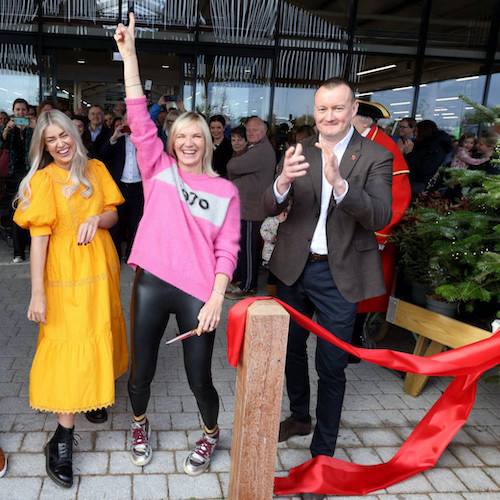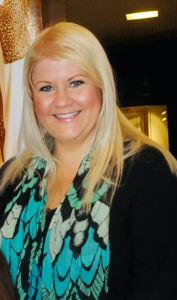
With environmental issues right at the top of the personal, business and political agenda, PG Buzz opens up the debate on whether we should be wrapping individual cards as well as asking what other measures could improve the trade’s carbon footprint.
Tamsyn Johnston-Hughes, Hallmark’s nationals business partner – marketing shares her views on this hot topic.
To wrap or not to wrap?: “This is indeed a complex question and something that we have been investigating for a considerable amount of time now. These things take time to work through responsibly to ensure that we are finding a true long-term answer that will work for the future, rather than reacting quickly and not fully understanding if what you are doing in the present fixes the issue of less plastic, but has the potential to cause another environmental problem with higher wastage or energy use.
So where we are as it stands now is looking at two possible avenues:
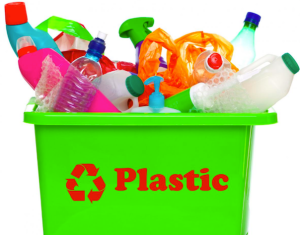
The first is to remove the cellowrap altogether, which we know has been done in the past. However, simply removing the packaging is not as simple as it may initially seem as it has the potential for higher levels of wastage and damage at retail. There is also the impact of higher costs to service and merchandise when the card and the envelope are not held together and protected. So we need to make sure that every step through the supply chain to being in the hands of the shopper is thoroughly worked through.
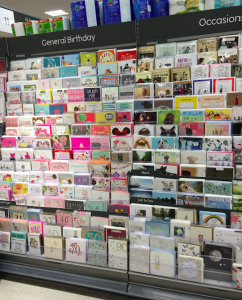
The second option is to use a cellowrap which is made from a more sustainable material. This is something that we have been trialling and testing for some time now. What we have found to date is that the alternatives that are available in our industry today don’t meet the functional and quality standards necessary and so are not a long-term solution. Never deterred on these matters, we moved to working closely with suppliers to the food sector to ensure that we are fully up to speed with any developments which will provide a long term sustainable solution. We have chosen the food sector as they will get to the solutions faster than us, and by working alongside the industry which will be demanding high volumes of these materials we want to find a solution that doesn’t have a high impact on the price of our products to the consumer.
We don’t want to move to something we don’t feel is a long-term solution as it could do more damage to the category.”
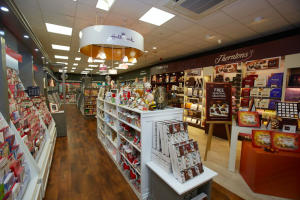
What other measures is Hallmark taking to further improve its environmental credentials: “We are looking at our total environmental footprint, whether it is packaging, product, across the supply chain and into store implementation and what happens to the products once the recipient has finished with them. With each of these things there are overlapping and interlinking elements, which if we look at overall we will come up with a better solution which doesn’t result in stopping one thing and adversely affecting another area.
For example we have been working on a full inventory of plastic we use at every touchpoint of the business. But it’s not as simple as just switching to paper or board as this could have an impact on waste and increased energy usage and increase our carbon footprint.
As an industry we all need to work to reaching solutions which are not ‘knee jerking’ to current topics but getting to long-term solutions to help the industry sustain the environment and the category for the future.”

















